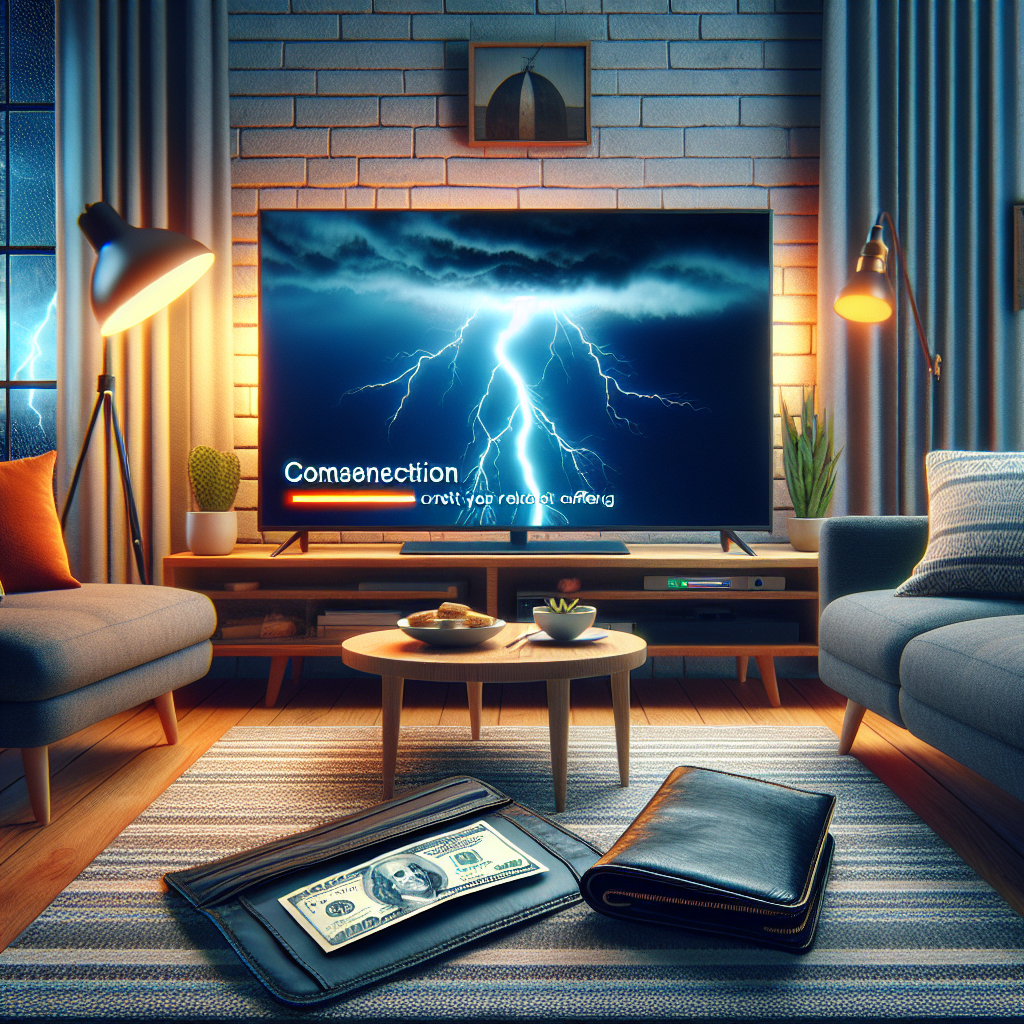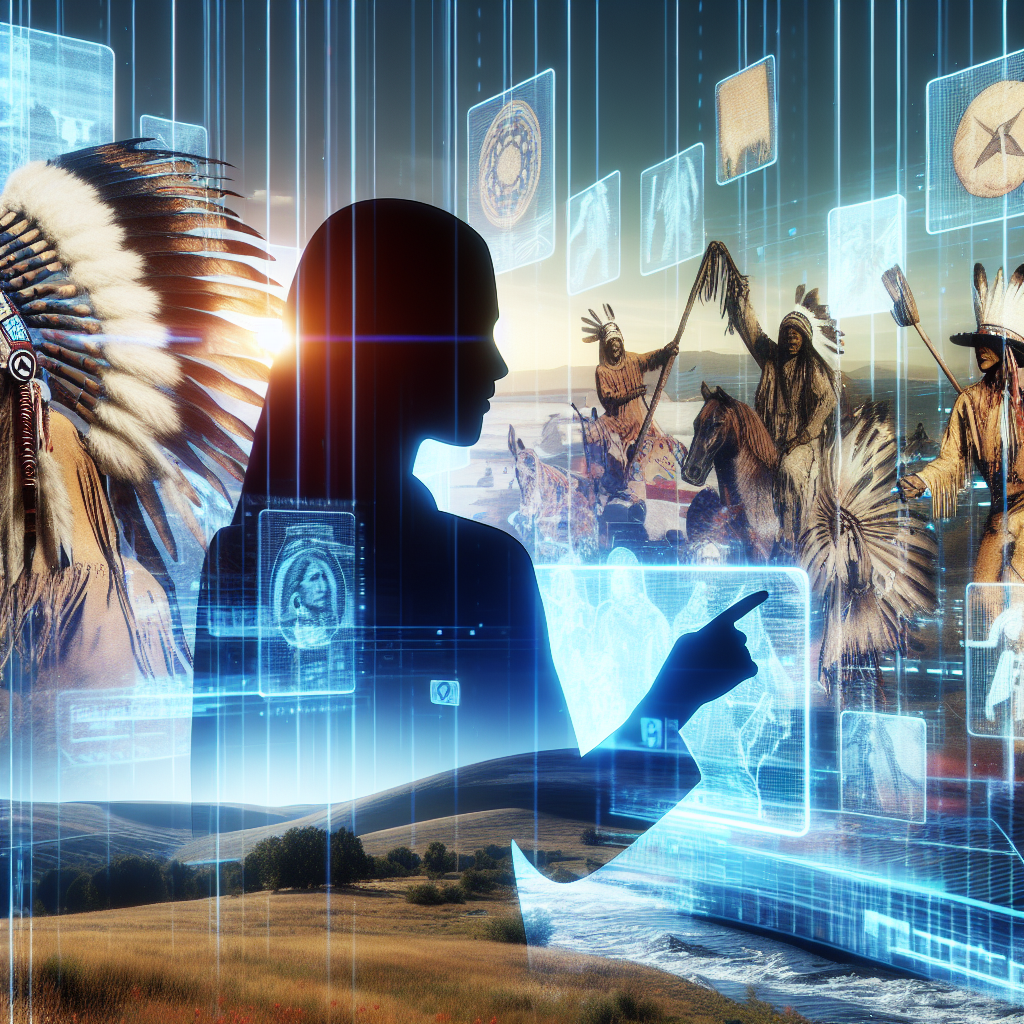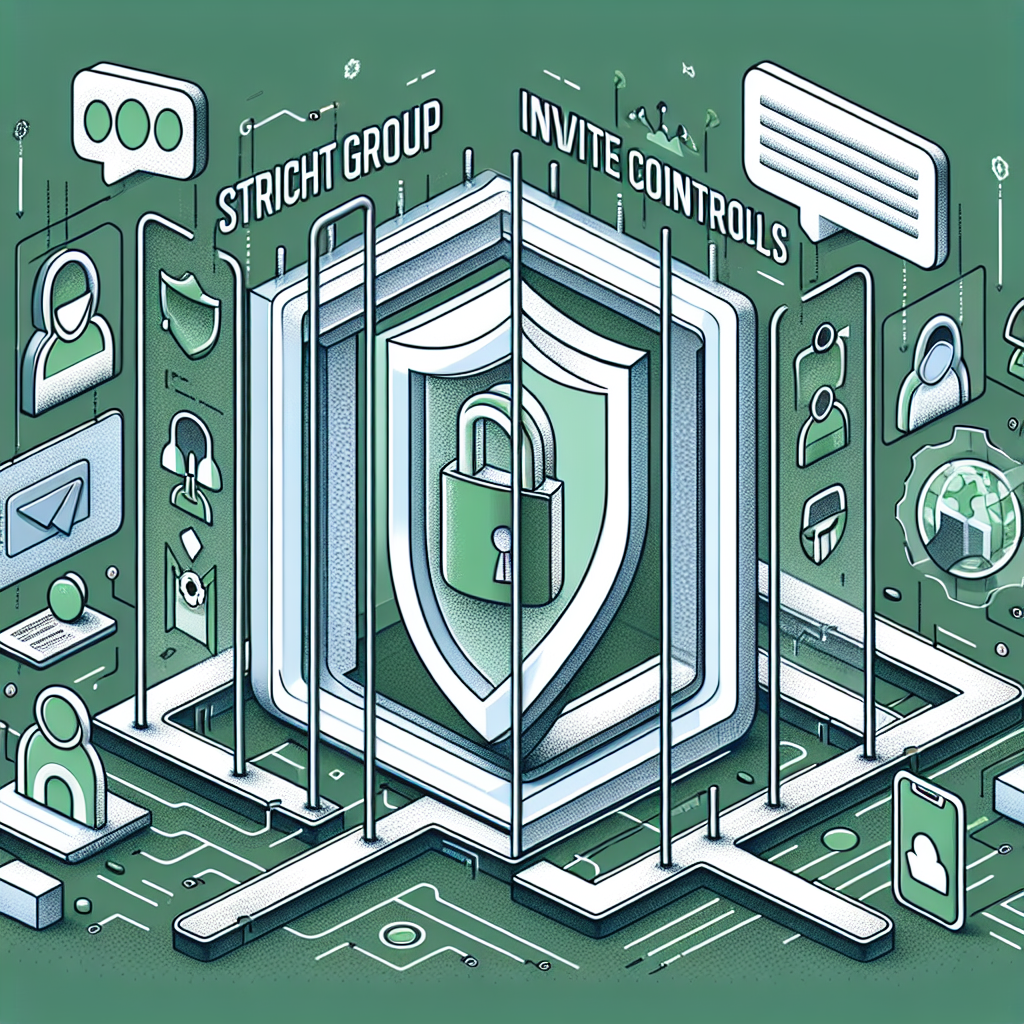In the aftermath of a recent contract dispute that disrupted access to Disney-owned channels on YouTube TV, subscribers are now eligible for a $20 credit, according to a report titled “How to Get Your $20 YouTube TV Credit From the Disney Blackout and the Cheapest Way to Get ESPN” published by startupnews.fyi. The credit aims to compensate users for the temporary loss of popular networks, including ESPN and ABC, during the blackout.
The dispute, which lasted several days, stemmed from a failure to reach a new carriage agreement between YouTube TV and The Walt Disney Company. As a result, YouTube TV dropped more than a dozen Disney-owned networks, prompting widespread frustration among football fans and other viewers. The outage occurred during a particularly sensitive time in the sports calendar, heightening the visibility of the dispute.
Now that service has been restored, YouTube TV is offering a $20 courtesy credit to affected customers. Startupnews.fyi’s report provides a step-by-step guide for subscribers seeking to claim the credit. Eligible users must navigate to YouTube TV’s website or mobile app, log into their account, and locate the option to apply the discount. The process is designed to be straightforward, but subscribers are encouraged to act swiftly, as the credit may only be available for a limited time.
The article also explores lower-cost alternatives for viewers primarily interested in accessing ESPN—a channel often at the center of such negotiations given its high licensing fees and broad appeal among sports audiences. Among the options identified are digital streaming services such as Sling TV and Hulu + Live TV, which continue to offer ESPN under various subscription tiers. Consumers may find these alternatives particularly attractive, depending on their viewing preferences and willingness to switch platforms.
This episode underscores broader tensions within the streaming television ecosystem, where rising content costs and competing financial interests continue to generate friction between content creators and distributors. Disney, whose portfolio includes several of the most-watched networks in the United States, has frequently found itself in such negotiations. Meanwhile, platforms like YouTube TV continue to grapple with the challenge of balancing content offerings with pricing strategies that meet customer expectations.
For the viewing public, these disruptions can serve as a reminder of the fragility of access in the era of streaming television. As streaming providers evolve into digital equivalents of traditional cable bundles, the need for transparent negotiation practices and improved communication during disputes becomes increasingly critical.
Ultimately, while the $20 credit serves as a temporary balm for viewer dissatisfaction, the underlying issues that led to the Disney blackout are likely to resurface as the industry continues to reshuffle its economic models.



